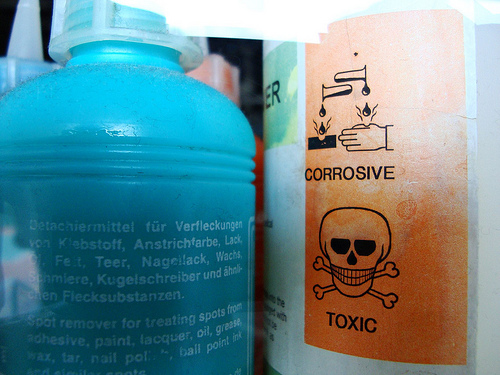The Occupational Safety and Health Administration (OSHA) adopted massive changes to its Hazard Communication Standard (HCS or Hazcom) effective May 25, 2012, updating chemical information, labeling and training requirements that had been in place since the 1980s. These revised requirements conform U.S. requirements to international guidelines under the U.N.-sponsored Globally Harmonized System of Classification and Labeling of Chemicals (GHS). Recognizing the extent of these changes, OSHA provided multi-year compliance phase-ins for employers whose workers manufacture, distribute or use chemicals. The next such deadline is June 1, 2015, when Safety Data Sheets (SDSs) must replace Material Safety Data Sheets (MSDSs) and end-user employers must ensure that their Hazcom programs reflect most of the revised requirements.
Audit, Compliance and Risk Blog
Tags: SDS, Health & Safety, OSHA, Environmental, EPA, Hazcom
On Monday, March 26, 2012, the Occupational Safety and Health Administration (OSHA) promulgated a final rule officially adopting the Globally Harmonized System of Classification and Labeling of Chemicals (GHS) as part of the Hazard Communication Standard [29 CFR 1910.1200]. Employers that make, transport, handle or otherwise use chemicals should start now to prepare for the transition to GHS.
Tags: SDS, Health & Safety, OSHA, MSDS, Webinar
OSHA’s New Hazcom Explained
Everything you think you know about
about hazardous chemicals is about to change
Since the 1980s, most employers throughout the U.S. and Canada have been required to protect workers from workplace chemical hazards, and to train workers to protect themselves. The cornerstones of these programs have been manufacturer-supplied summaries called Material Safety Data Sheets (MSDSs). Sad to say, but sometimes they’re wobbly cornerstones, because they start with hazard information developed by company scientists for agency scientists, and may or may not extend that information into practical hands-on guidance for employers and workers. They also vary in detail, because the Occupational Safety and Health Administration (OSHA) provides guidance for appropriate topics but no requirements that the content be practical. While some MSDSs are fine, we’ve all grumbled about others that report clinical results of the lethal dose of constituent chemicals to half the test population (LD50), but then recommend no more than "use appropriate personal protective equipment."
Tags: SDS, Health & Safety, OSHA, California Legislation, Training, Environmental, EHS, Hazcom, MSDS



